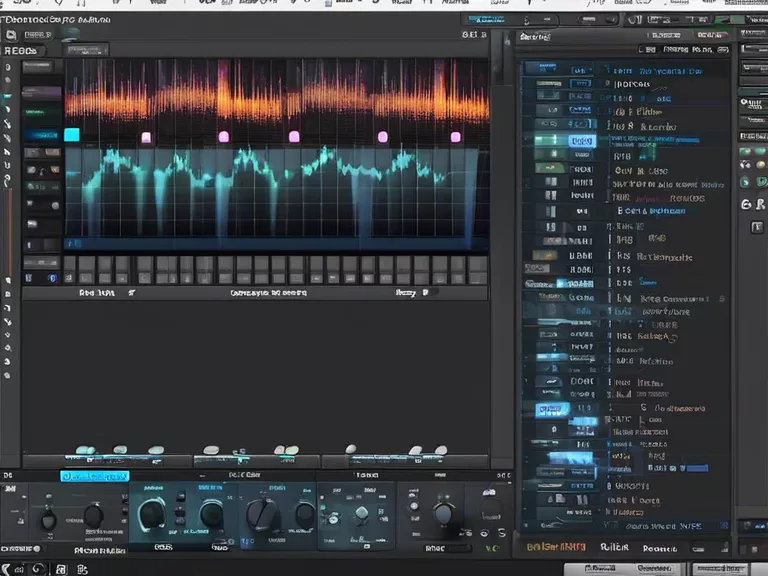
Learning the Basics of Database Management Software for Beginners
If you are new to the world of database management software, it can be overwhelming to know where to start. It's important to understand the basics before diving into more advanced features. In this article, we will cover the essential concepts and tools that beginners need to know in order to effectively manage databases.
What is Database Management Software?
Database management software is a program designed to store, manage, and retrieve data from a database. It allows users to organize large amounts of information in a structured format for easy access and manipulation. Some popular examples of database management software include MySQL, Microsoft SQL Server, Oracle Database, and PostgreSQL.
Basic Concepts of Database Management Software
- Data: This is the information that is stored in the database, such as names, addresses, and phone numbers.
- Tables: Data is organized into tables, which consist of rows and columns. Each row represents a single record, while each column represents a specific piece of information.
- Queries: These are commands that are used to retrieve, update, or delete data from the database.
- Indexes: These are used to improve the performance of queries by speeding up data retrieval.
Tools for Managing Databases
- Database Management System (DBMS): This is the software that allows users to interact with the database. It provides an interface for users to create, modify, and query data.
- SQL (Structured Query Language): This is the programming language used to communicate with and manipulate databases. It is essential for performing tasks such as retrieving data, updating records, and creating reports.
- Database Design Tools: These tools help users design the structure of the database, including tables, relationships, and constraints.
- Backup and Recovery Tools: These tools are used to create backups of the database in case of data loss or corruption.
- Monitoring Tools: These tools help administrators track the performance of the database and identify potential issues.
By familiarizing yourself with these basic concepts and tools, you will be on your way to mastering database management software. With practice and experience, you will become more comfortable working with databases and be able to handle more complex tasks.



